Wildebeest Migration / Wildebeest Crossings / Herdtracker
Wildlife / Safaris / Holidays
Home » Wildebeest Calving in Ndutu Tanzania
When thinking of the Great Wildebeest Migration in Kenya and Tanzania, you wonder how this phenomenon happens so uniquely. Imagine covering approximately over 1000 Km every year, facing different challenges but still remaining so magical? That’s the great phenomenon of the great wildebeest migration.
You might also wonder, where the wildebeest migration starts and ends, well, it’s still not known but it is believed to start in the south of the Serengeti where more than 8000 wildebeest calves are born during the season called the wildebeest calving season.
This is one of the most incredible sightings you will see in the wild, where the southern Serengeti is filled with wildebeests calves, and lots of other wildlife actions around.
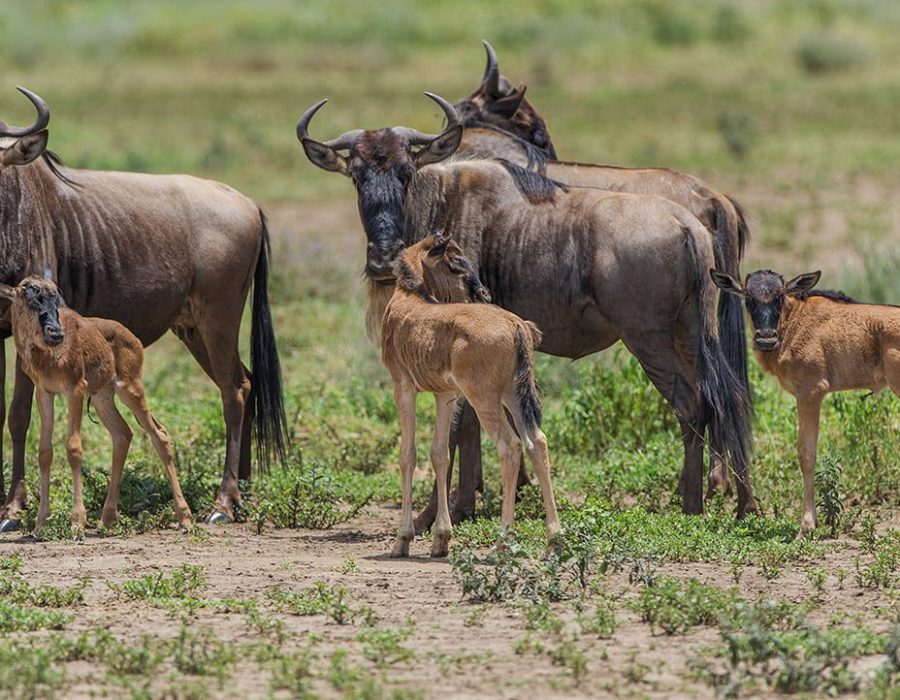
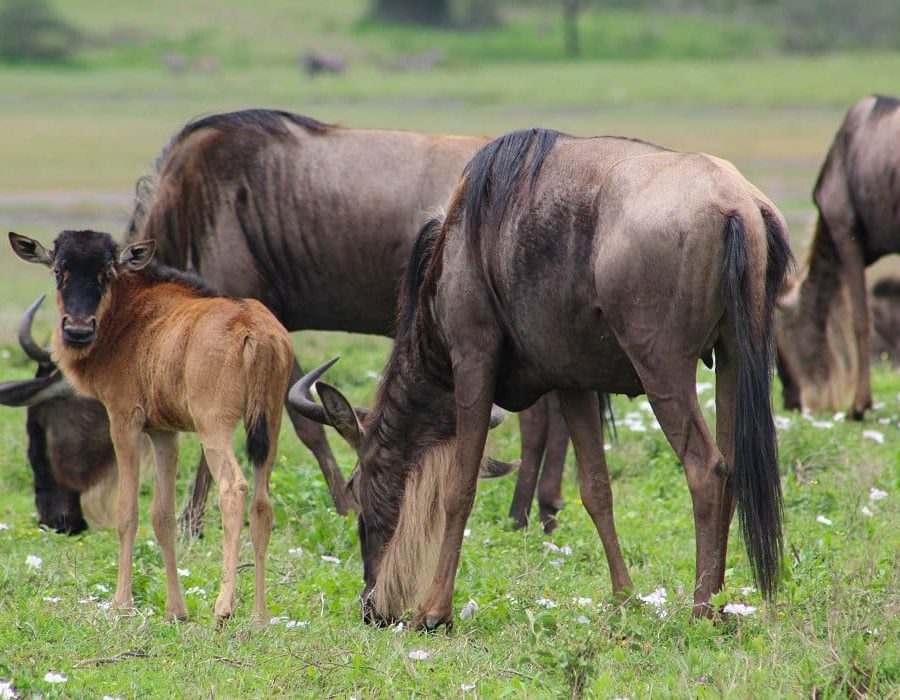
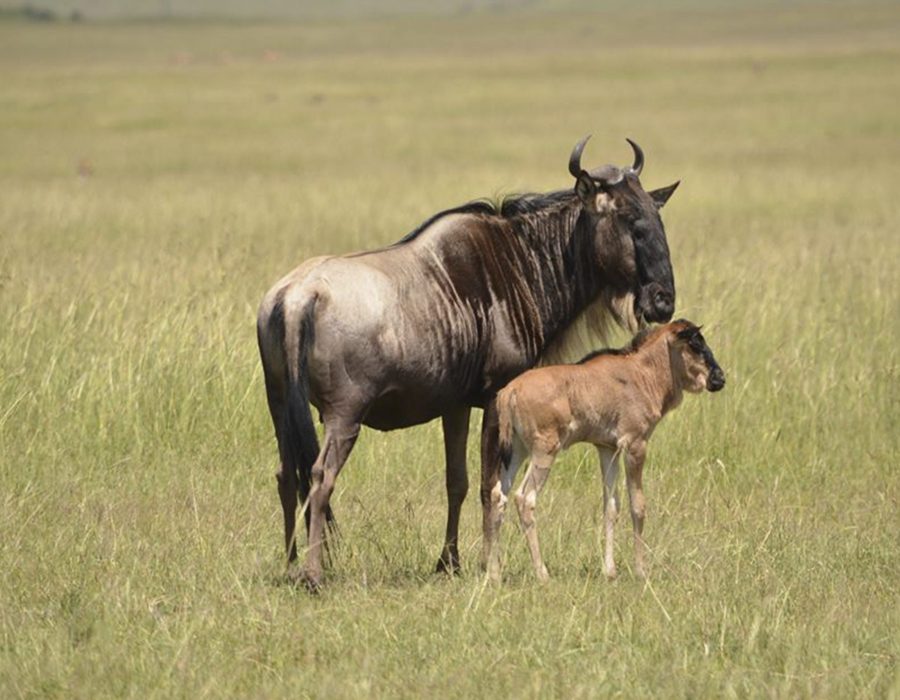
What is the Wildebeest Calving Season? Or what’s known to be the Serengeti Wildebeest Migration Calving Season? Wildebeest Calving is a world wonder phenomenon where more than 8000 wildebeest calves are born between the months of January and March in the regions of South Serengeti, Ndutu Conservation Area, and a bit of Ngorongoro Conservation Area.
This is where the wildebeest migration is believed to start from as this is the start of a wildebeest life before facing the challenges ahead of them. As they migrate from south to north of Serengeti and later enter the Masai Mara, they go through challenging terrains, environments, and seasons as well. Wildebeest Migration follows the rain patterns, but most importantly it is their biological clocks.
South of Serengeti offers a very good and conducive environment for more than 8000 wildebeest calves born, while the Masai Mara National Reserve offers the best and most conducive environment for mating in order to borth them while they return to Serengeti South.
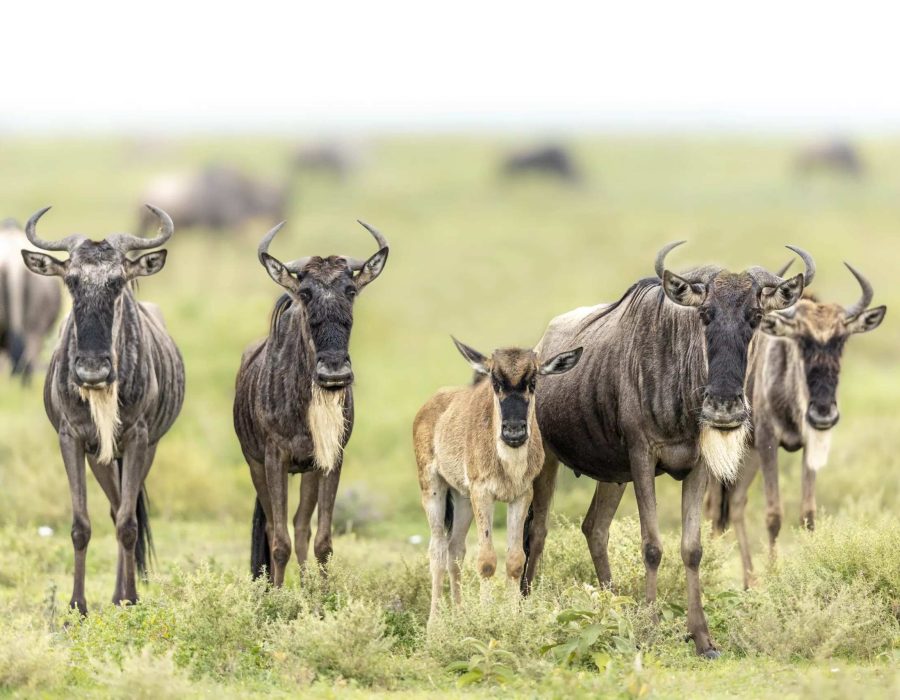
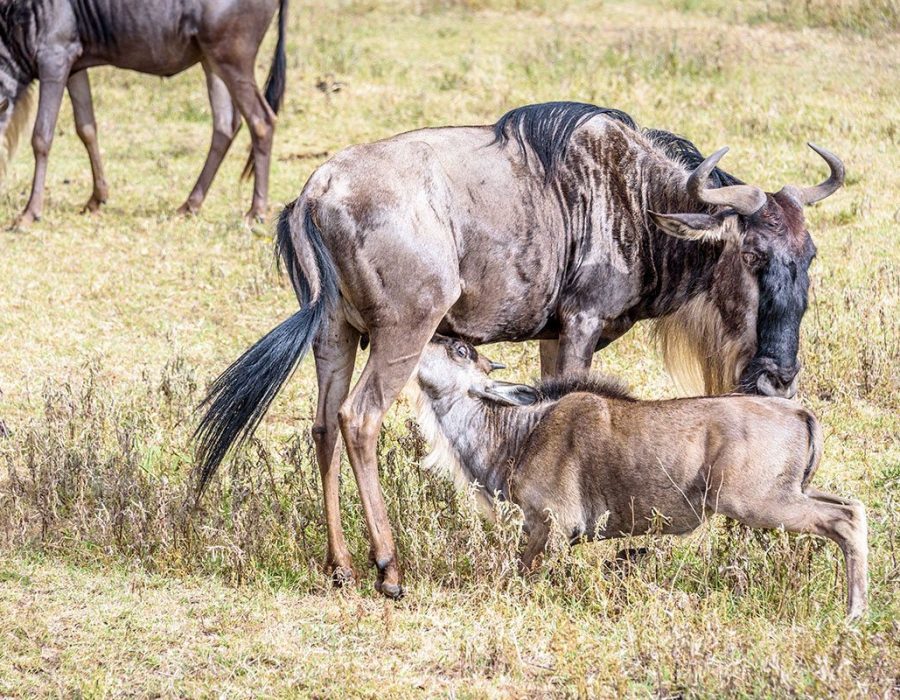
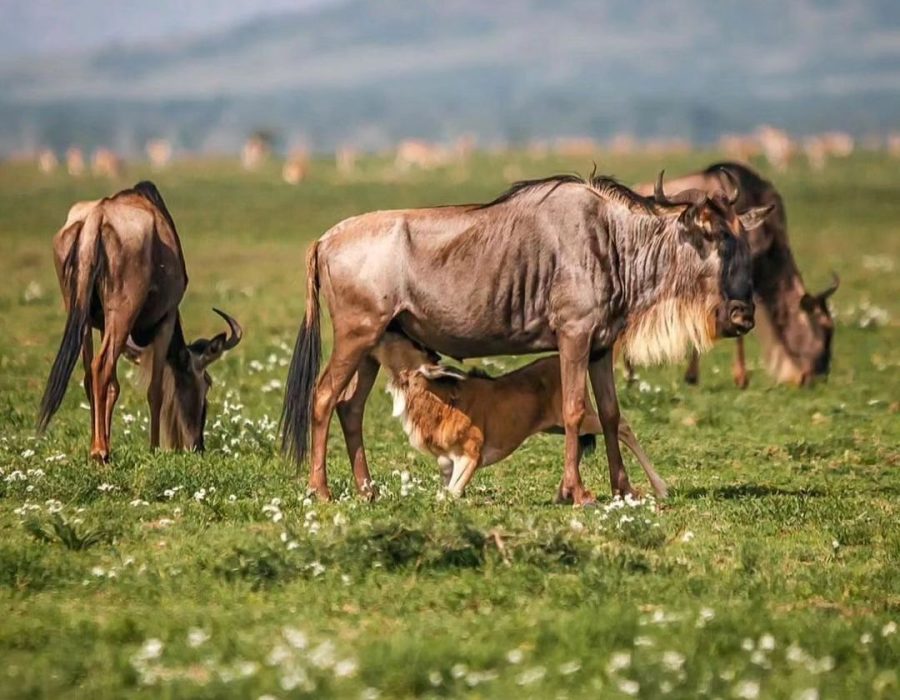
The Wildebeest Calving Season happens between January and March of every year. It’s known to be the start of their life and ends up moving their entire life. Between the months of January and February, the Serengeti comes to life as over a million wildebeest migrate from the North to the South to calve. The calcium-rich grass shoots from the green season attract pregnant wildebeest in search of sustenance for their soon-to-be newborns.
With over 8000 wildebeest being born each day, the calving season in Serengeti ensures incredible wildlife sightings with predators and their cubs following suit. It’s full of beehive activities as the big cats hunt lazily due to the abundance of food. Wildebeest calves are the most vulnerable as they are the closest target to these hungry fierce cats.
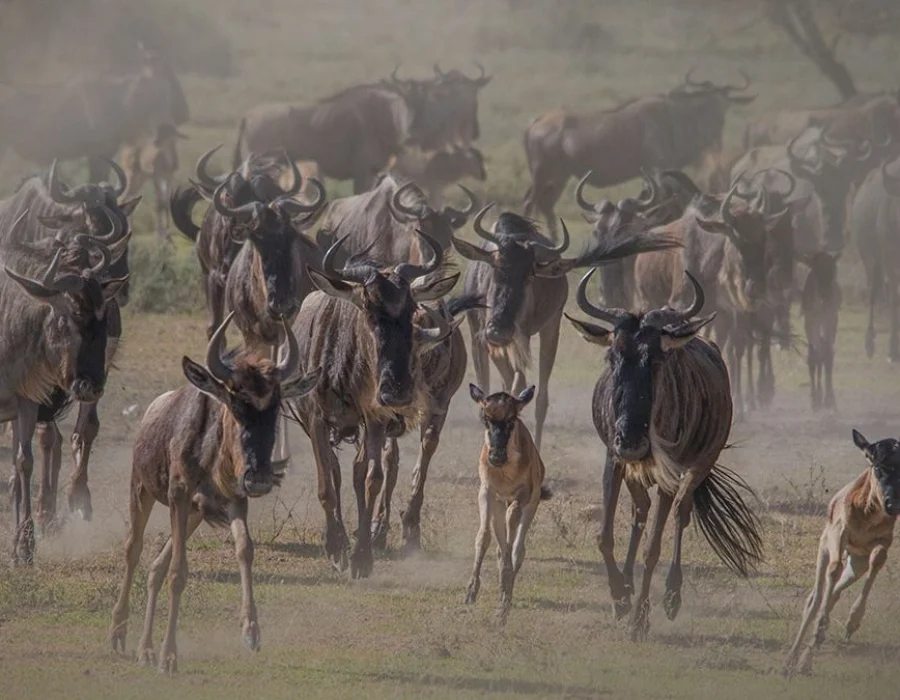
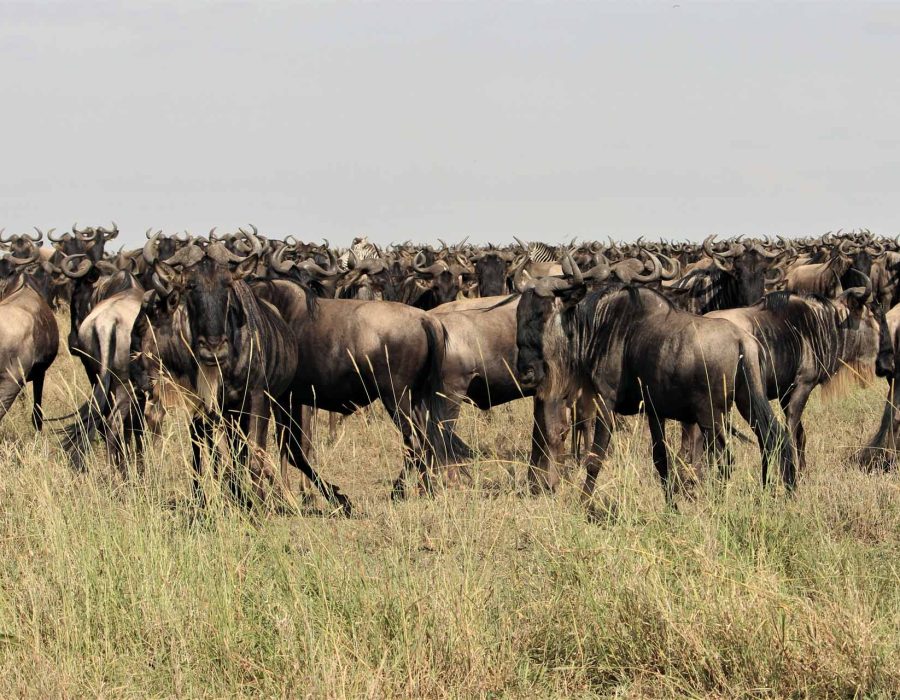
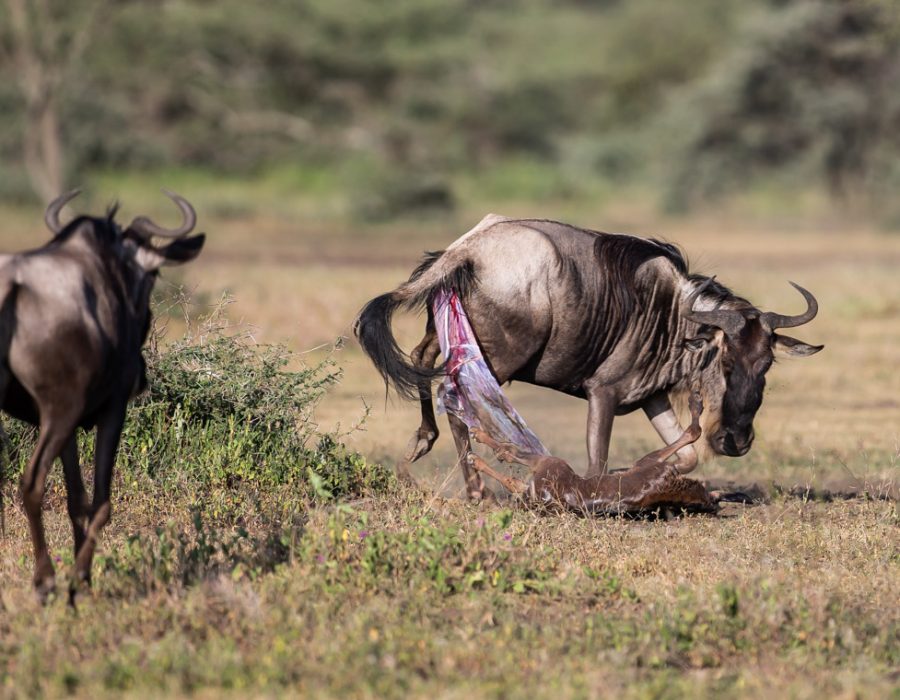
These are the recent wildebeest sightings spotted during the latest migration in Kenya and Tanzania.
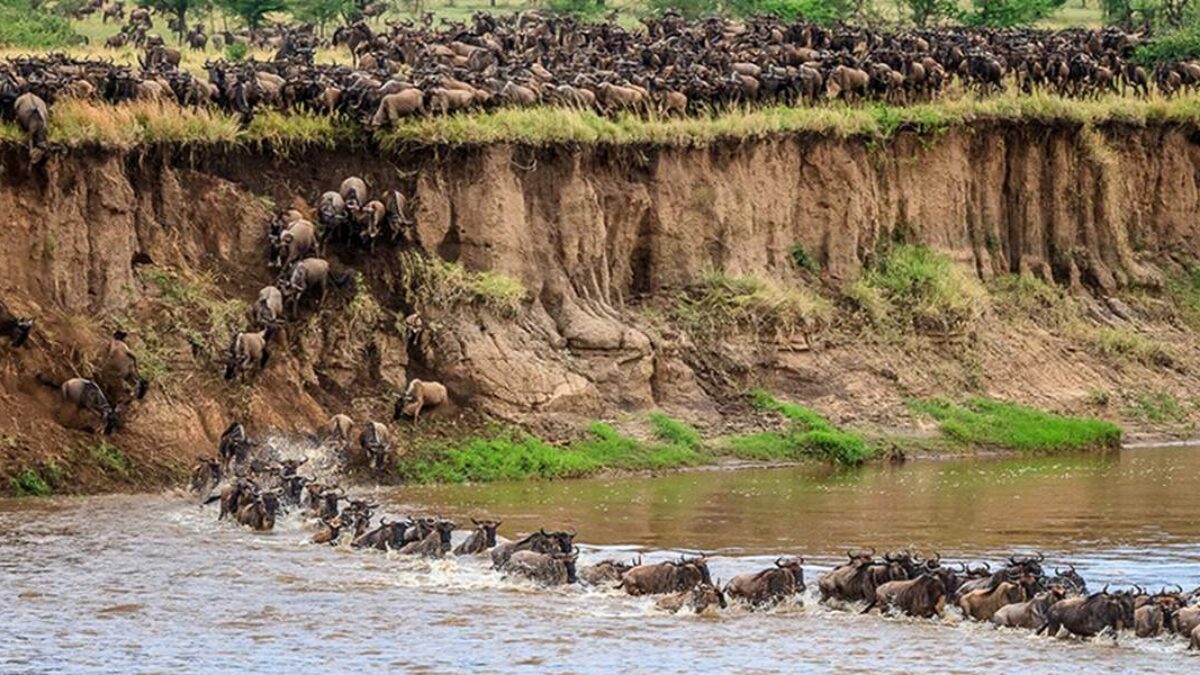
Following widespread rains across the Serengeti, stretching all the way down to Naabi Hill, the migration has begun to shift direction....
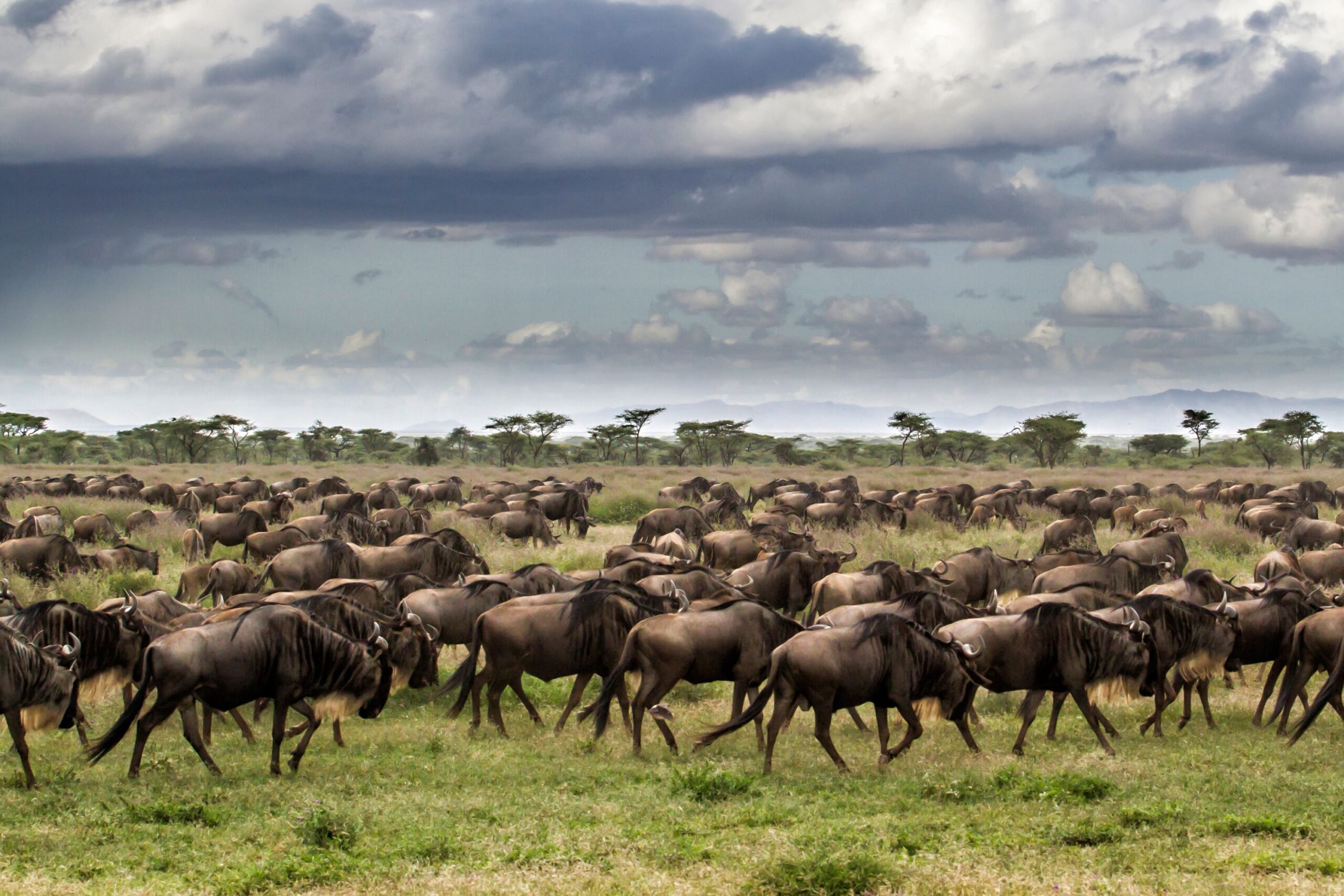
Large herds of wildebeest have been spotted moving through the Lamai area in the Northern Serengeti, heading deeper into the Lamai...
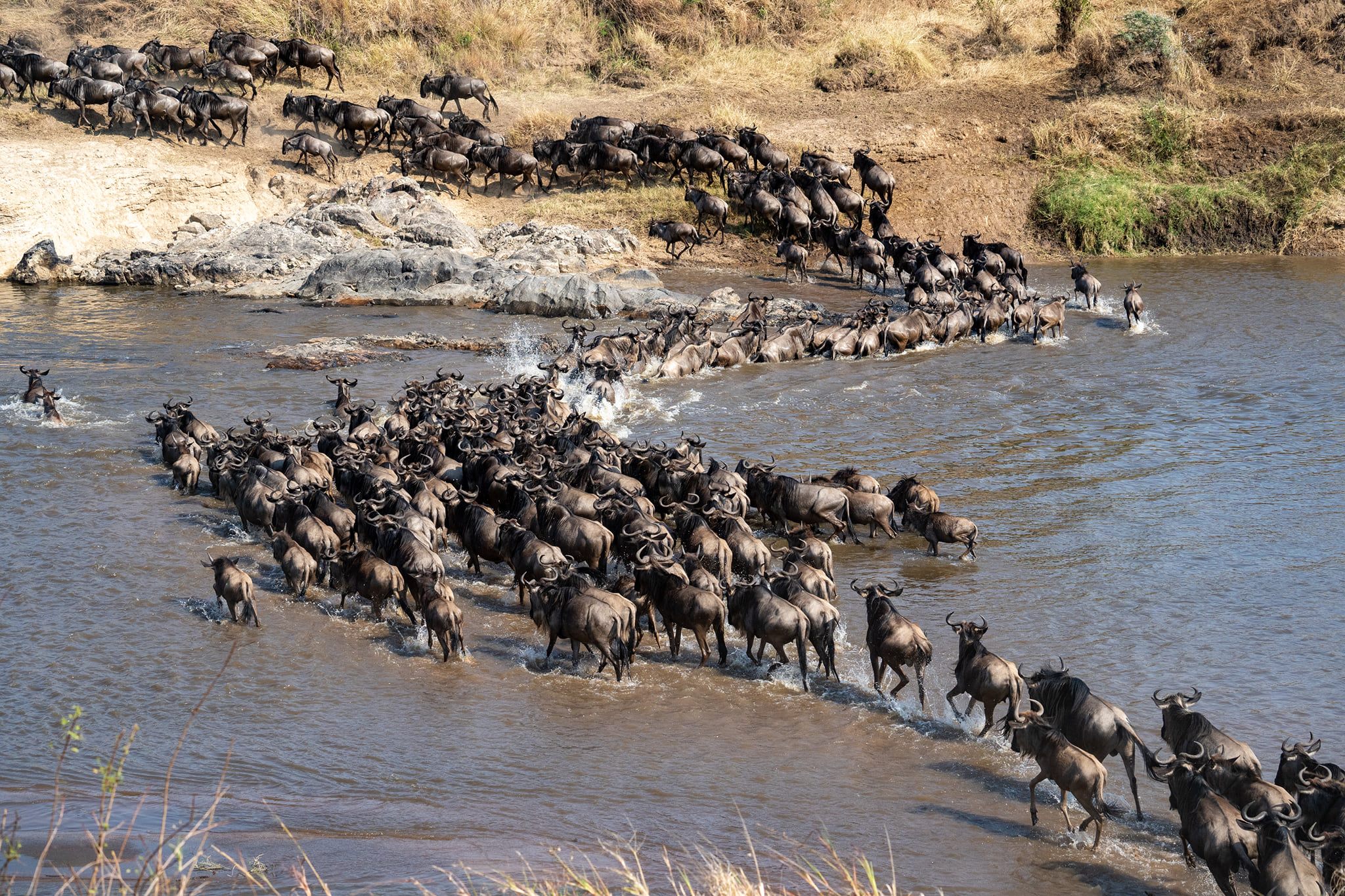
Early yesterday morning, a large herd of wildebeest was seen crossing the Mara River at Crossing Point 4. The animals were...
We have had so many people miss availability for their migration safaris in 2025. Contact us now to secure your spot for this amazing spectacle in 2026.
Get notified about new wildebeest sightings